|
New Storage Options for the Small and Medium Business
The Storage Market
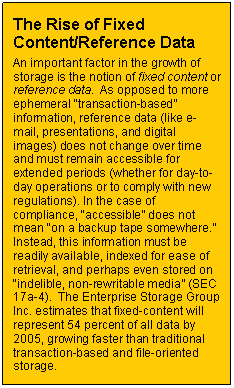 According to IDC, the market segment for mid-range and high-end storage/servers is currently $1.82 billion with an annual growth rate of 12%. As the data transfer rate of S-ATA drives has increased, these inexpensive drives have found their way into entry-level servers. As a result, S-ATA is making significant inroads in markets once dominated by SCSI. But the SCSI specification has not lain idle; the latest incarnation, Ultra320 SCSI, has raised the maximum data transfer rate from 160MB/sec to 320MB/sec. Serial Attached SCSI (SAS), a follow-on to parallel SCSI, promises to push performance to even higher levels. Still, ATA hard drive capacities have soared in the past few years and will likely continue to dwarf their enterprise counterparts. According to IDC, the market segment for mid-range and high-end storage/servers is currently $1.82 billion with an annual growth rate of 12%. As the data transfer rate of S-ATA drives has increased, these inexpensive drives have found their way into entry-level servers. As a result, S-ATA is making significant inroads in markets once dominated by SCSI. But the SCSI specification has not lain idle; the latest incarnation, Ultra320 SCSI, has raised the maximum data transfer rate from 160MB/sec to 320MB/sec. Serial Attached SCSI (SAS), a follow-on to parallel SCSI, promises to push performance to even higher levels. Still, ATA hard drive capacities have soared in the past few years and will likely continue to dwarf their enterprise counterparts.
Fibre Channel (FC) SCSI and Serial-attached SCSI (SAS) drives lead the pack at 15,000 rpm and should dominate in high performance applications. S-ATA drives (7,200 rpm and newer 10,000 rpm models) will occupy the lower end, but will continue to be creatively exploited in fixed content and secondary storage applications. IDC foresees the SCSI market share dropping from over 90 percent in 1998 to a little over 30 percent by 2006, when S-ATA should claim over 40 percent. FC will account for over 10 percent of the enterprise market (high-end SANs).
The New Technologies
New products or specifications that threaten the status-quo are referred to as disruptive technologies. Most technologies are considered sustaining because they are evolutionary (rather than revolutionary) and present slow but persistent improvement in performance and/or price. When a new technology appears that breaks the current price/performance barrier, the market is disrupted and the current players are left in the lurch because they cannot change longstanding product lines (and their customers are usually loath to become early adopters anyway). Just as digital cameras have upset the apple cart of traditional photography, a number of new storage technologies have been thrown into the mix:
- S-ATA (Serial ATA)
- SAS (Serial Attached SCSI)
These new technologies represent an opportunity for customers and computer suppliers alike. Changing the present storage models by incorporating these technologies can substantially reduce costs and expand storage while making some traditional headaches disappear. In the case of S-ATA, many storage manufacturers have already created systems that play to the strengths of this technology and should appeal to the more cost-sensitive markets. Planned intelligently and architected properly, these new solutions can be an incentive to supplement or replace older hardware.
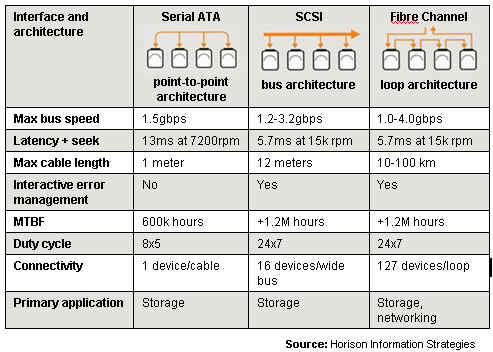
Figure 3. Interface Comparison (Click Figure to Enlarge)
Serial ATA (S-ATA)
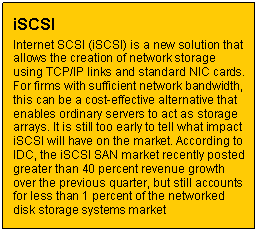 Traditional parallel IDE/ATA has surpassed the point where throughput can be improved. Serial ATA is the next generation of mass-market hard drive storage. S-ATA uses a serial interface featuring slim cables that can run a meter in length (twice that of IDE). The drives use the same low-cost mechanical components associated with IDE, but support advanced features such as hot-swapping. The S-ATA interface will allow far greater transfer speeds. Although S-ATA cannot compete with the reliability of SCSI on a drive-by-drive basis, there are applications where S-ATA can be a useful adjunct or alternative to SCSI-based storage. In addition, hard drive manufacturers are now coming to market with drives that are designed for 24X5 reliability (as opposed to the current 8X5 reliability of parallel ATA drives). Traditional parallel IDE/ATA has surpassed the point where throughput can be improved. Serial ATA is the next generation of mass-market hard drive storage. S-ATA uses a serial interface featuring slim cables that can run a meter in length (twice that of IDE). The drives use the same low-cost mechanical components associated with IDE, but support advanced features such as hot-swapping. The S-ATA interface will allow far greater transfer speeds. Although S-ATA cannot compete with the reliability of SCSI on a drive-by-drive basis, there are applications where S-ATA can be a useful adjunct or alternative to SCSI-based storage. In addition, hard drive manufacturers are now coming to market with drives that are designed for 24X5 reliability (as opposed to the current 8X5 reliability of parallel ATA drives).
Serial Attached SCSI (SAS)
J ust as S-ATA is the serial follow-on to the longstanding parallel ATA interface, Serial Attached SCSI is an outgrowth of the traditional parallel SCSI interface. In fact, SAS goes one step further and shares a common electrical and physical connection interface with S-ATA, allowing SAS and S-ATA drives to be used in any combination on the same controller. SAS is a superset of S-ATA that adds dual porting, full duplex, and device addressing. While S-ATA was intended for desktop storage, the common interface allows customers to craft storage configurations that precisely fit their needs.
Archival Storage : Tape and Disk-to-Disk
For sheer capacity and reliability in disaster recovery, tape remains the cheapest, most portable, and durable media on the market . Contrary to reports of its imminent demise, tape drives continue to thrive with capacity increasing by 60% annually. In fact, tape drives are now so fast that they require multiplexing (interleaving of data from multiple clients) to stream them during network backups. While this can improve backup performance, it does so at the expense of network bandwidth, and incurs an additional cost in the time it takes to restore files that have been diced-up in the stream and stored at different points on the tape.
By restricting tape usage to what it does best (disaster backups), low-end disk storage arrays can be used to perform backups. Known as disk-to-disk, or D2D, such arrays can be used to store data in lieu of backup tapes, or act as a staging area for storage that is later streamed to a tape drive (without consuming network bandwidth or tying up primary storage). In a staging configuration, data is moved from the D2D array to tape based on an aging scheme and then removed from the array. An alternative is a cloning configuration, where the contents of the array is copied to tape and both copies are retained, enabling fast restores from disk and (slower) disaster recovery from tape.
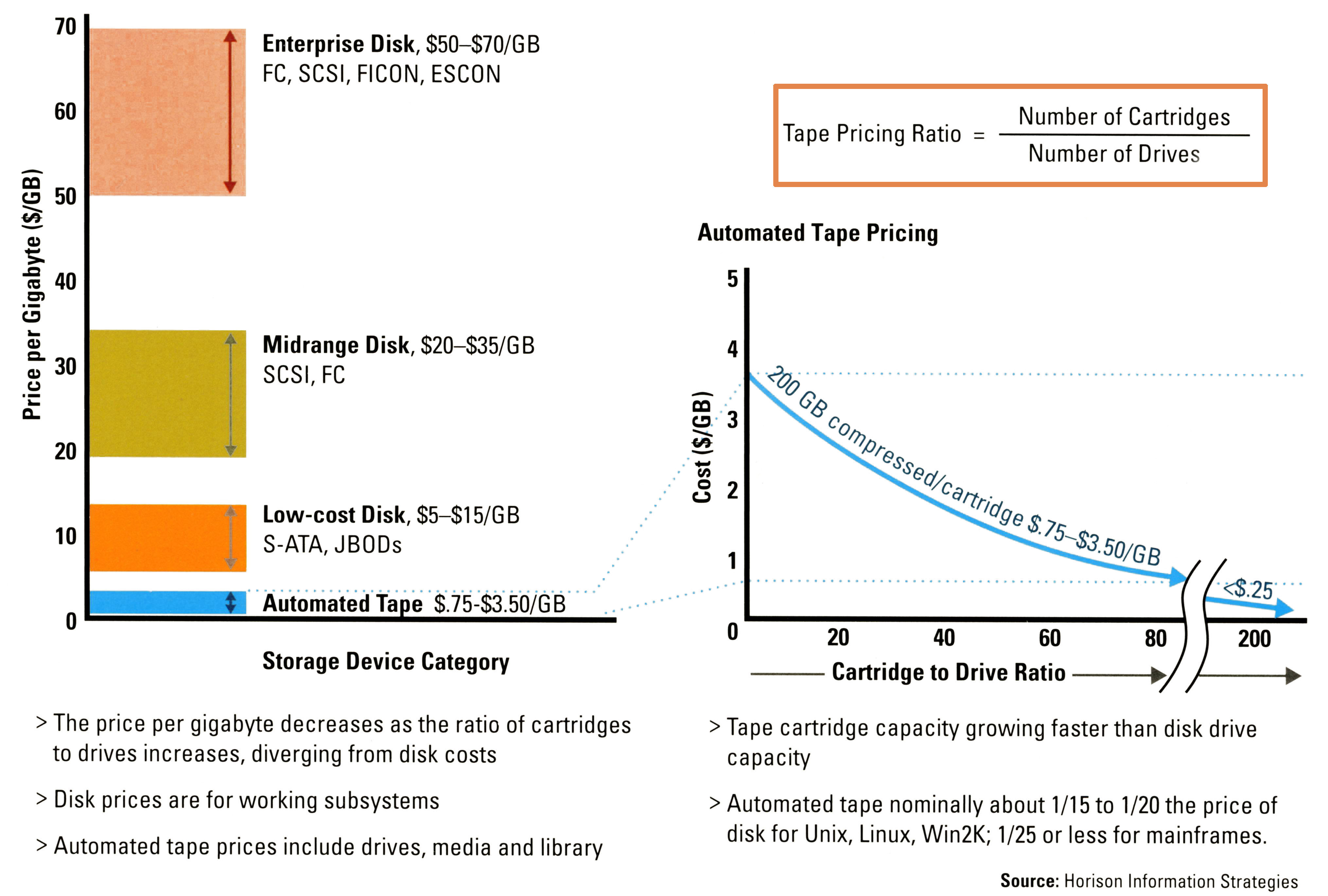
Figure 4. Disk and Tape Pricing Guidelines (Click on Figure to Enlarge)
Nearline Storage
The concept of “nearline” (as opposed to “online”) storage stems from the realization that 70% or more of the data on a network is not accessed on a regular basis, making it senseless to store on expensive, high-performance, high-availability storage like a SAN. While most of this data is important for reference (including documents and digital images), it can be relegated to less expensive secondary storage.
Primary RAID storage allows full bandwidth for internal and external transfer of data. As the day progresses, new and modified files are copied to nearline storage (generally a fast S-ATA RAID array). The incremental data is archived to tape according to a schedule. The data remains on nearline storage until a full backup is created (without affecting the availability of main storage). In addition, because the data is stored on a filesystem instead of a tape data stream, an administrator can restore the data in minutes.
Massive Arrays of Inactive Disks (MAID)
An up-and-coming solution is MAID, which addresses many of the same needs as nearline storage, but with the addition of powering down the inactive disks on the array. This is an ideal application for less-expensive S-ATA drives because the decreased usage of hardware with a lower MTBF drives can actually exceed that of high-end SCSI drives under continuous operation. SCSI drives are rated at 1.2M hours MTBF (24/7), while S-ATA drives are rated at half of this value (8/5). With only a quarter of the drives powered-up at one time, the lifetime of the S-ATA drives increases to exceed that of SCSI. MAID is also an attractive alternative to a tape library, as the time it takes to power-up a drive is about 10 seconds.
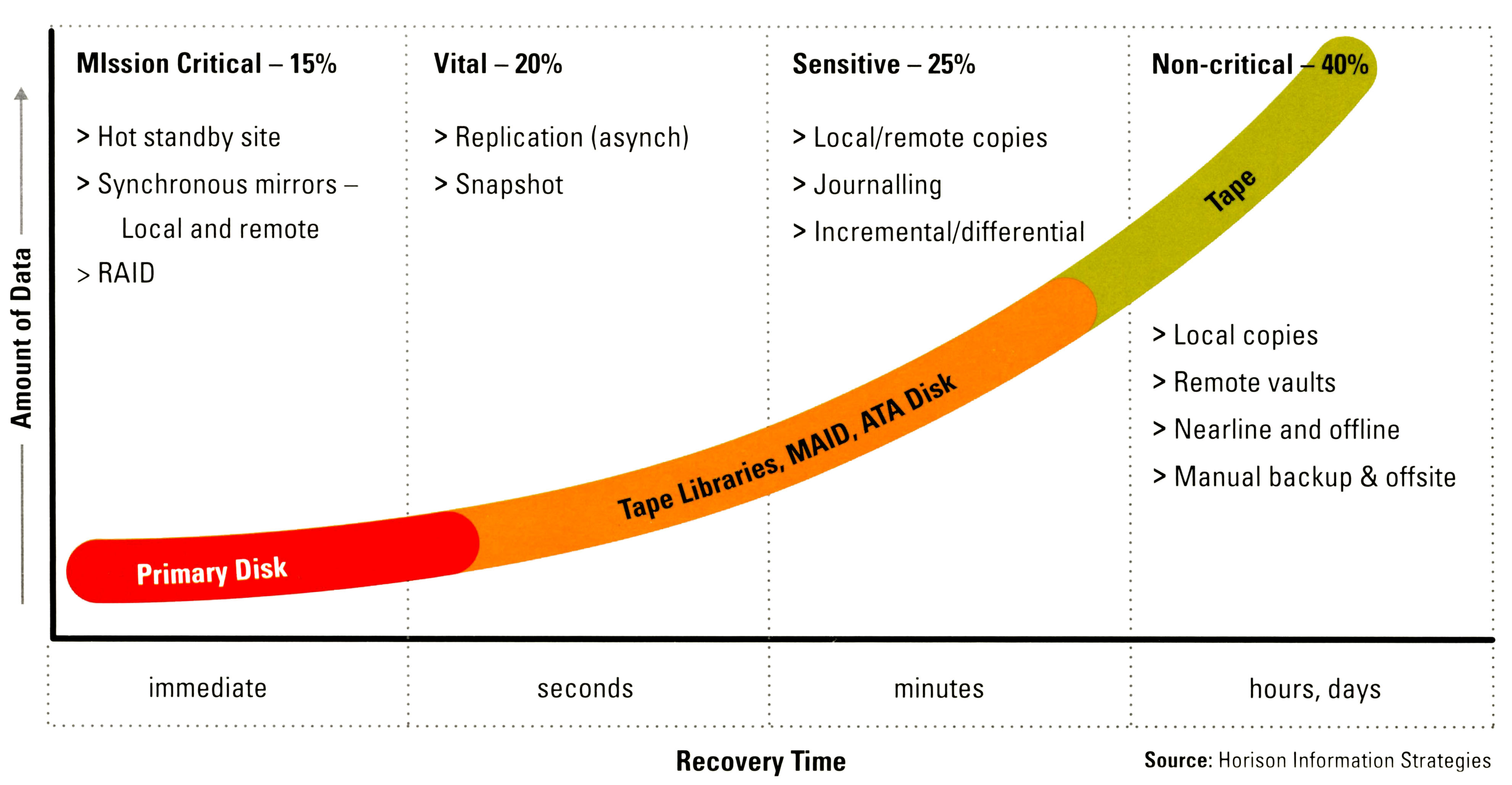
Figure 5. Recovery Strategies (Click Figure to Enlarge)
< Previous Next >
|
